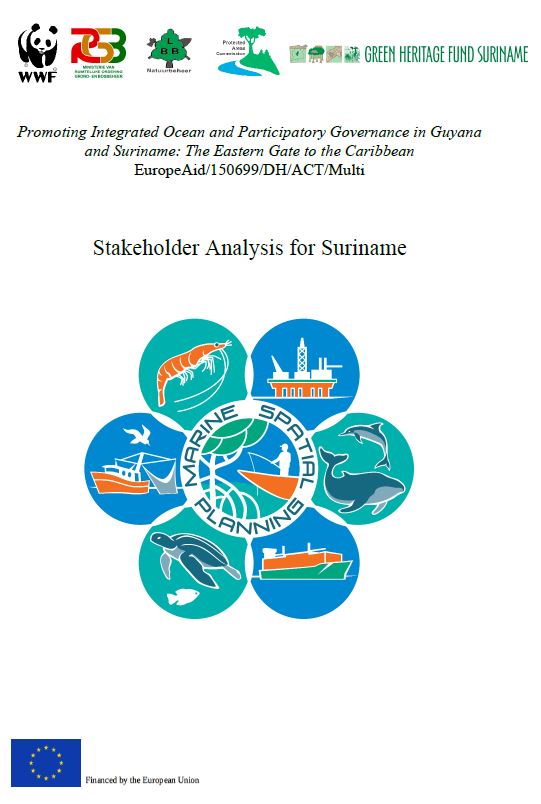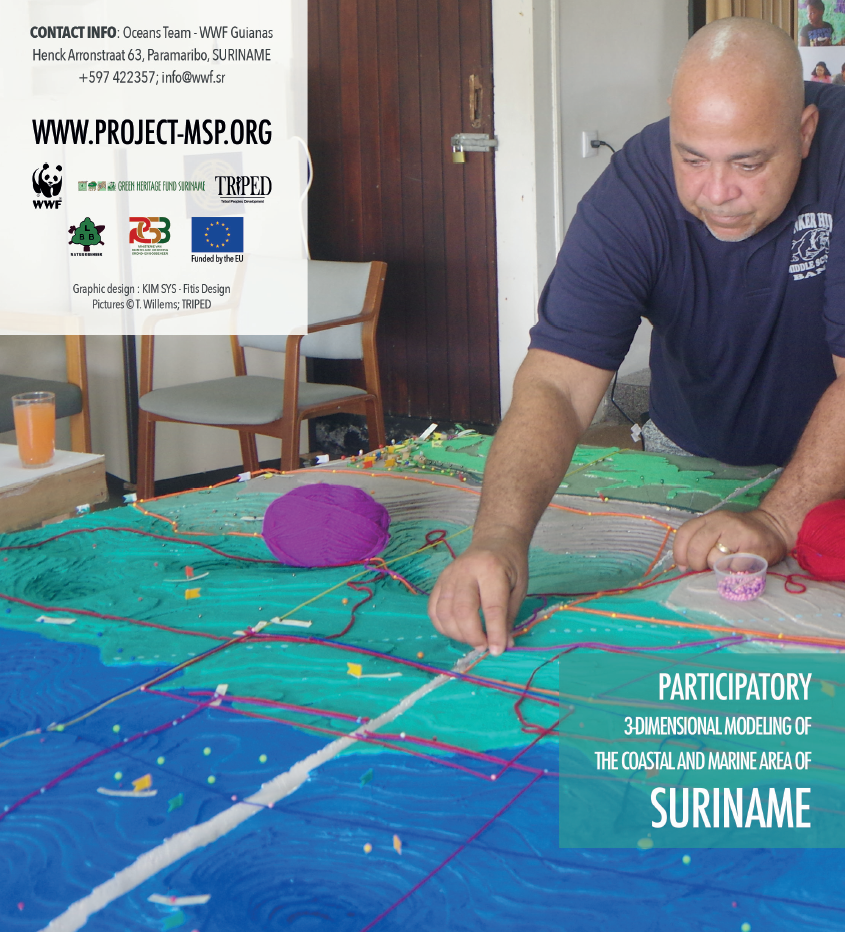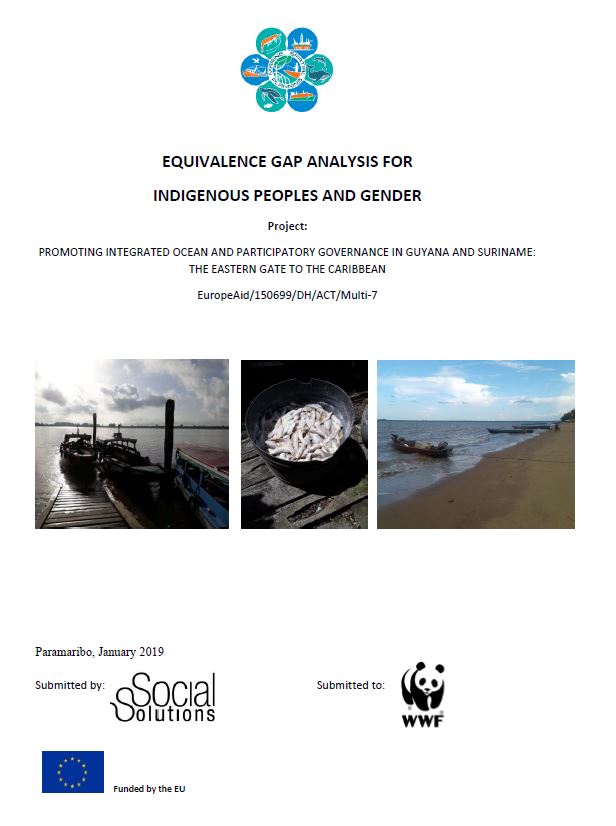The CDB Gap Analysis Report on Suriname, assessment of the national legislation in Suriname, and the legislative review regarding marine management regulations aim to provide guidance on the activities to be completed to help Suriname get closer to achieving the Aichi targets covered under this project. Improved marine management is expected to limit impacts of human activities in the whole of the Exclusive Economic Zone.
The report reviews and analyses the existing National Legal and Regulatory Framework to implement the CDB and overviews existing barriers and principles and legal norms in force with regard to marine management and identifies gaps for meeting the 2020 CBD targets and provides initial recommendations on proposed amendments. Furthermore, it identifies barriers to the implementation of the 2020 CBD targets and provides concomitant recommendations for the removal of such barriers, and highlights positive and negative implications of any recommendations proposed.








